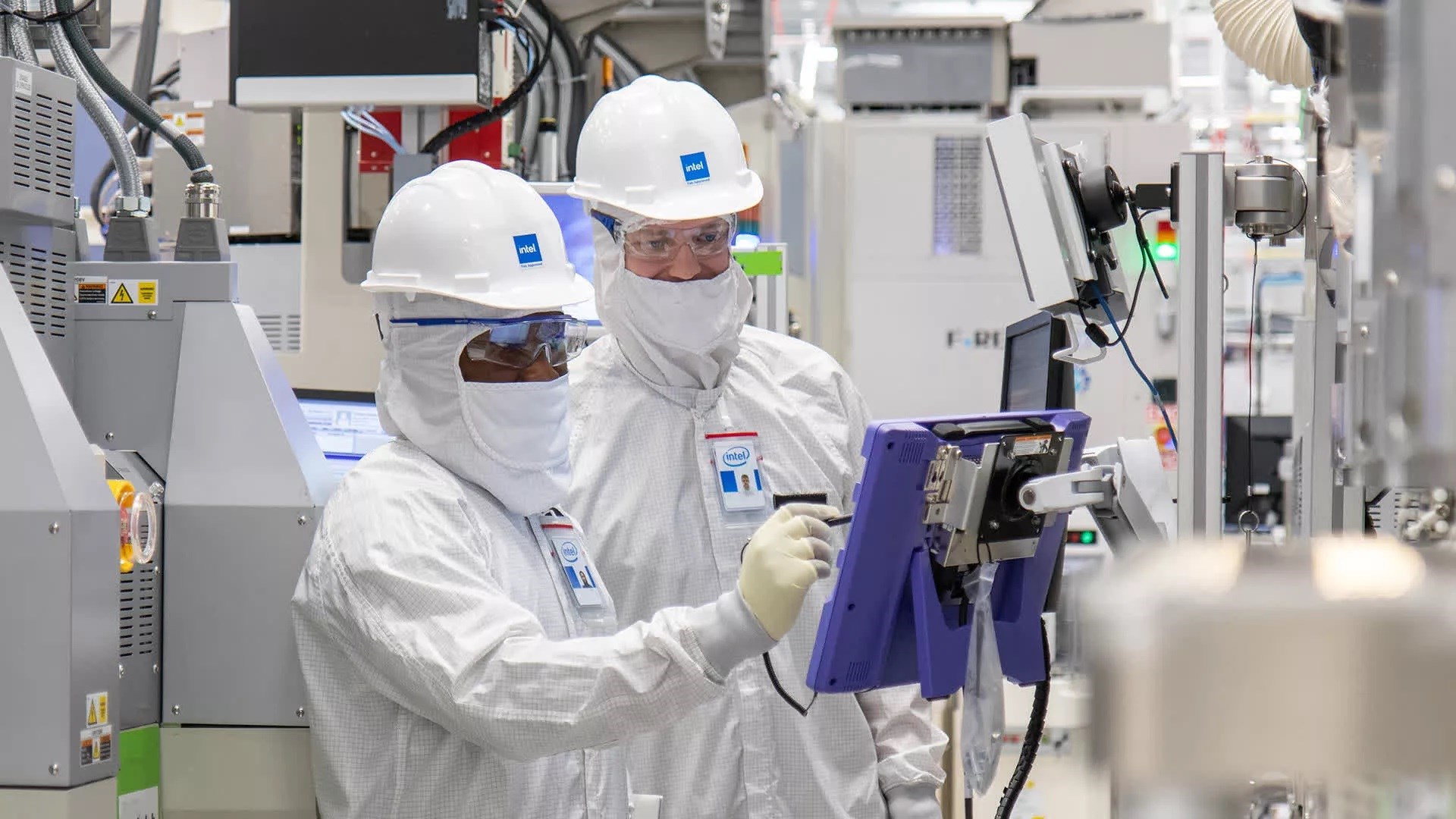 The heavy computing requirements of AI demand greater density of computing elements on each chip. Developing production processes by reducing chip sizes are challenging the semiconductor industry. As a result, companies like Intel, TSMC, and Samsung are constantly investing in facilities, equipment, and resources to stay one step ahead of the competition in the semiconductor market. Recently, Intel announced that the Intel 4 manufacturing process, a vital component of the company’s upcoming Intel Core Ultra processor series, has arrived at its Fab 34 manufacturing facility in Leixlip, Ireland.
The heavy computing requirements of AI demand greater density of computing elements on each chip. Developing production processes by reducing chip sizes are challenging the semiconductor industry. As a result, companies like Intel, TSMC, and Samsung are constantly investing in facilities, equipment, and resources to stay one step ahead of the competition in the semiconductor market. Recently, Intel announced that the Intel 4 manufacturing process, a vital component of the company’s upcoming Intel Core Ultra processor series, has arrived at its Fab 34 manufacturing facility in Leixlip, Ireland.Important step from Intel
Previously known as the 7nm process node, Intel 4 will reportedly deliver up to a 20 percent increase in clock speed while significantly reducing power consumption. It also provides an overall increase in efficiency due to the reduction in mold size. The new manufacturing process replaces Intel’s existing Intel 7 (10nm++) process node, which currently powers the 12th-generation Alder Lake CPU family and the 13th and upcoming 14th-generation Raptor Lake processors.
The new production process is based on ASML’s latest extreme ultraviolet (EUV) lithography systems. EUV systems are roughly the size of a small shipping container and support high-volume production of nodes as small as 7nm to 5nm. Intel’s transition to the Intel 4 manufacturing process will be one of the most critical steps forward in the company’s four-year road map. If Intel can continue at this pace, it will switch to Intel 3, 20A (2nm) and 18A (1.8nm) processes in the coming years. This new capability will undoubtedly help Intel gain ground in the already competitive and sometimes contentious semiconductor race.